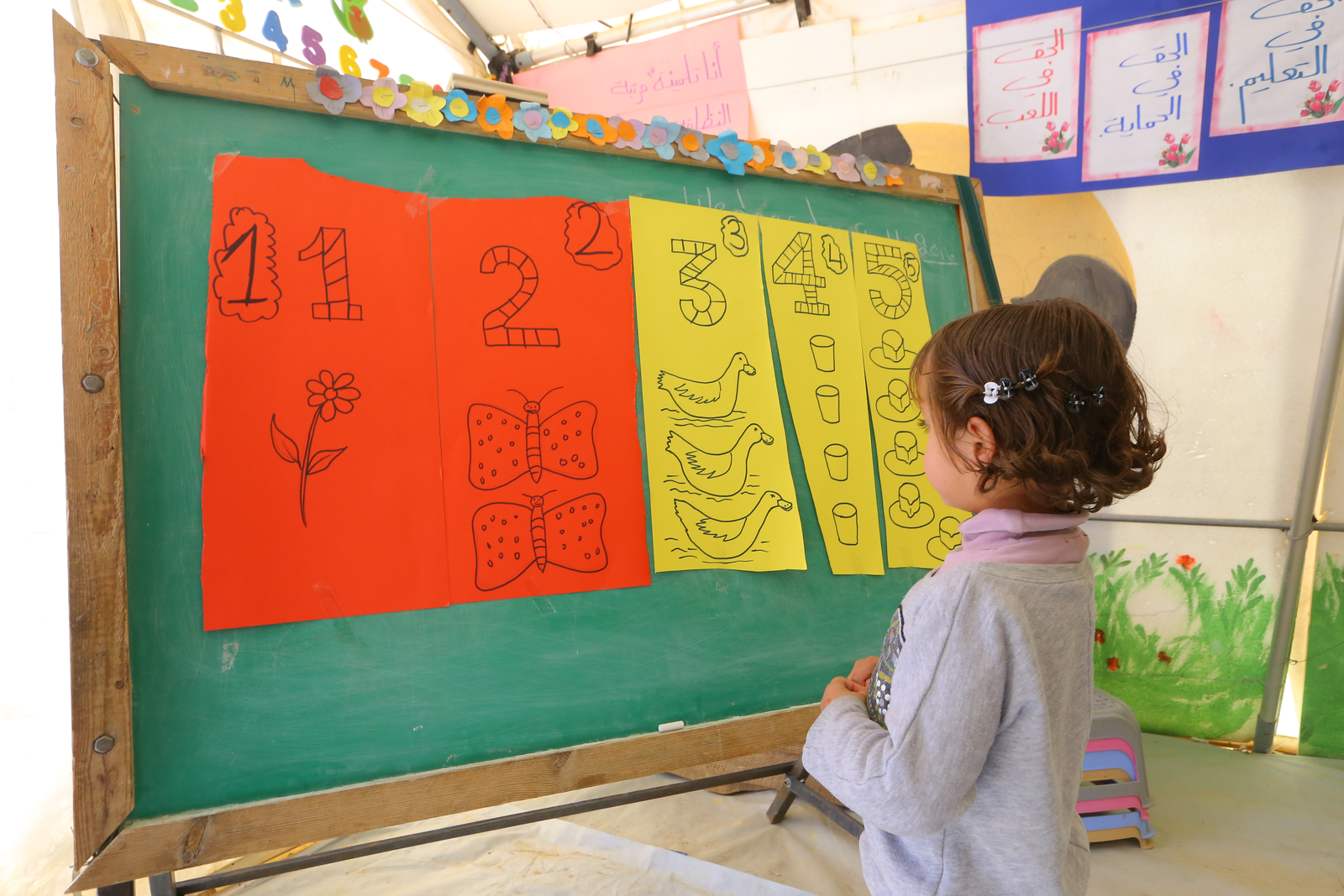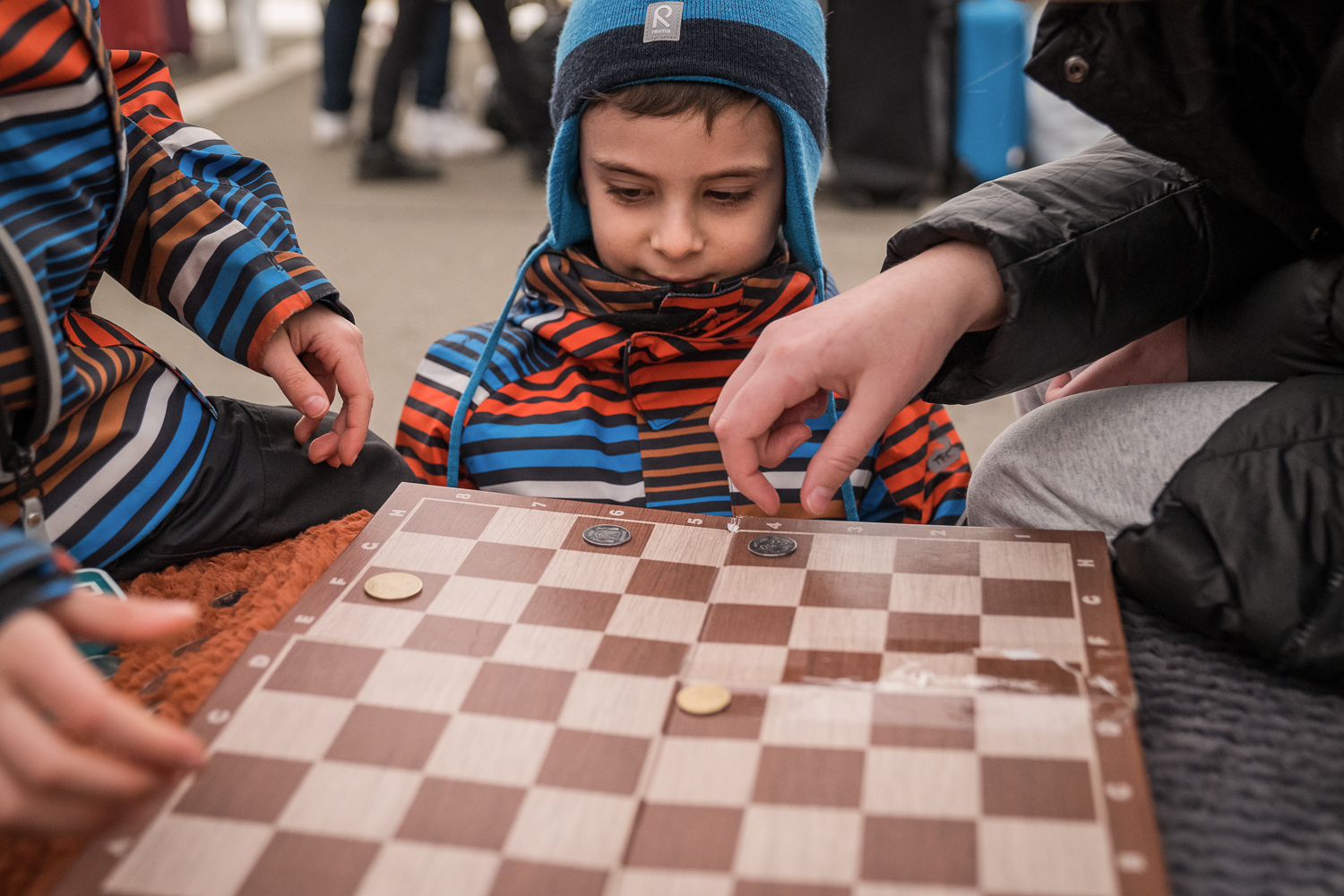
Safe Schools: getting children back into education after disaster strikes
Education in emergencies
To mark Theirworld's Safe Schools report, we look at how countries can rebuild their education system after an earthquake, tsunami or other catastrophic event.
Protecting children and getting them back to school is vital for their survival after natural disasters such as earthquakes, typhoons and hurricanes.
Around 37 million children have their education disrupted each year because of environmental threats.
Tsunamis, flooding and storms are among disasters that have led to schools being destroyed, damaged, closed or left inaccessible.
In South Asia alone, 18,000 schools were shut last year following damage or destruction in the region’s worst flooding in years. In the Asia Pacific region, it is estimated that around 200 million children a year will have their lives severely disrupted by disasters over the coming decades.
Natural disasters and extreme weather are just one kind of threat to education examined in a new report from Theirworld called Safe Schools: The Hidden Crisis. It reveals the enormous scale of attacks on schools and other dangers to education suffered by millions of children around the world.
The report said: “Millions of children and young people have their education disrupted due to schools being destroyed or damaged by the extreme weather conditions, often made worse due to poor site location, school design, or construction.”

Even when children do return to school, they still face great difficulties.
“Children and young people may be unable to learn due to fear or trauma,” said the report. “Assessments have shown that children show signs similar to post-traumatic stress disorder following natural disasters, affecting academic performance.”
The most recent major catastrophe to impact education was the tsunami in Indonesia in September, which displaced over 210,000 people and damaged at least 1200 schools. Education Cannot Wait (ECW) – the fund set up to deliver schooling in humanitarian emergencies – has stepped in to help.
More than 60,000 children and youth whose lives were devastated by the tsunami will soon be back in safe schools. ECW will target the most vulnerable girls and boys – including orphans, severely-traumatised children and those with disabilities.
An allocation of $2.6 million will finance 910 temporary classrooms and educational supplies. More than half of those benefiting will be girls.
An additional 2700 teachers – 75% of them female – will be trained to provide psychosocial support for children who have lost their homes, parents and families in the recent disaster in Sulawesi.
ECW Director Yasmine Sherif said: “By providing immediate support to re-establish education for these children and youth, we are taking an important first step in returning the people of Indonesia to normalcy and in contributing to a sustainable humanitarian response that protects and brings hope.”
The Indonesia projects will be implemented by UNICEF and the local chapter of Save the Children (YSTC), in close collaboration with other partners including the Indonesian branches of World Vision (WVI) and Plan International (YPII).
Save the Children and Plan International have dealt with the aftermath of many natural disasters over the years. They spoke to Their News to explain how they help countries to rebuild their education systems following a disaster.
A main priority for both organisations is to get children back to school as soon as possible and return some sort of normality to their lives.
Save the Children said it tries to provide children with learning opportunities within the first 30 days of an emergency.
A spokesman added: “This includes providing temporary learning spaces in a protective and safe environment and ensuring they receive vital services like vaccinations, medicines, child protection referrals, hygiene messaging, soap distributions, access to clean water and food.
“The objective is to ensure a return to normality and routine for the children. It also gives their parents the space and time needed to grieve, build new shelters, recover their possessions and find employment.”
Save the Children said education in emergencies is guided by three principles – Protection, Continuity and Build Back Better.
Protection involves helping children both physically and psychologically when they are caught up in emergencies. Continuity tries to ensure education restarts quickly, or continues, during a crisis in order to prevent drop out and safeguard gains already made in education.
The principle of Build Back Better is viewed as “a window of opportunity to change the situation for the better” – including, for example, marginalised communities or adopting best practices in terms of school building structure and curriculum.
Save the Children said countries prone to natural disasters often have Emergency Preparedness Plans (EPP) within their education ministries.
One example of this in action was the earthquakes on the Indonesian island of Lombok in August, which were followed by more earthquakes and the devastating tsunami in the country’s Central Sulawesi area.
Save the Children said: “In recent emergencies, beginning with the Lombok earthquake response, Save the Children Indonesia established ways of working with the local chapters of World Vision, Plan International and UNICEF to support the work of the Safe School Secretariat in Lombok.
“This relationship extended to the Central Sulawesi earthquake response.”
The charity took part in a rapid “Joint Needs Assessment” a week after the earthquake and tsunami. It found that teaching and learning materials had been destroyed and that in many areas there were no trained teachers available – but community and parent groups could support education.
It added: “Save the Children’s education response in the first six months after the earthquake/tsunami in Central Sulawesi was focused on providing children with access to life-saving learning opportunities that are age-appropriate and inclusive.”
After the disaster there was massive damage to schools, making them unsafe for children to use. Children also experienced trauma because of the earthquake and tsunami – and after seeing loved ones hurt or killed. Many children were also hurt.
Emphasis was given to providing psychosocial support to children and families immediately after the earthquake.
At the same time, Save the Children provided safe temporary learning spaces and replaced school materials which were damaged or lost during the disaster. Around 2546 classrooms were destroyed.
Plan International UK also operates on the ground after natural disasters. Martin Canter, Education Technical Specialist at Plan International UK, said priority was given to providing temporary learning spaces, teaching and learning materials, and reconstructing damaged classrooms.
Support is also targeted at the most vulnerable and marginalised groups – girls, children with disabilities and ethnic and religious minorities.
Canter said: “We integrate a gender and inclusion lens into all education programmes so they meet the needs of girls and children with disabilities, helping them to obtain their right to an education”.
Disaster and conflict risk reduction is another major priority. This involves “activating communities and children” to protect schools from natural hazards and conflict.
This is done through the development of school safety plans, working with government on policy, and curriculum changes to ensure school buildings are safe.
Canter explained: “It is essential to ensure that we integrate education with other programmes.
“For example, Plan International provides psychosocial support for students through teachers, preparing teachers to identify children who are unaccompanied or separated, with high levels of psychosocial distress and other child protection issues.
“After the recent earthquake in Yayasan, Indonesia, we led a preparedness response in the education sector.
“We had two major focus areas – to support education at province level for data analysis and reporting on needs towards interventions, and supporting the Back to School campaign using leaflet, poster and child to child campaigning methods.”

Education in emergencies
More news

Theirworld’s mission to give children in crises a safe place to learn
